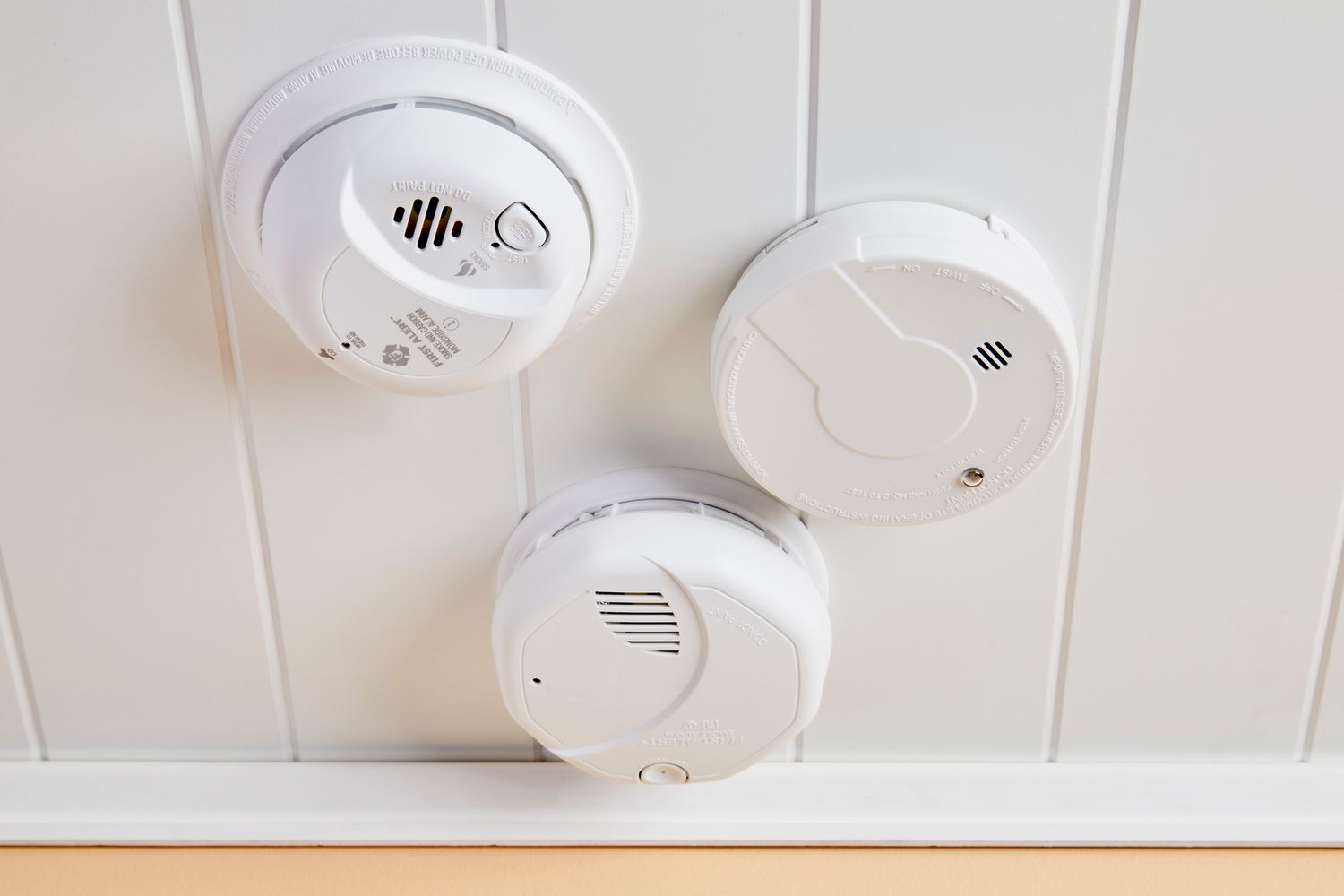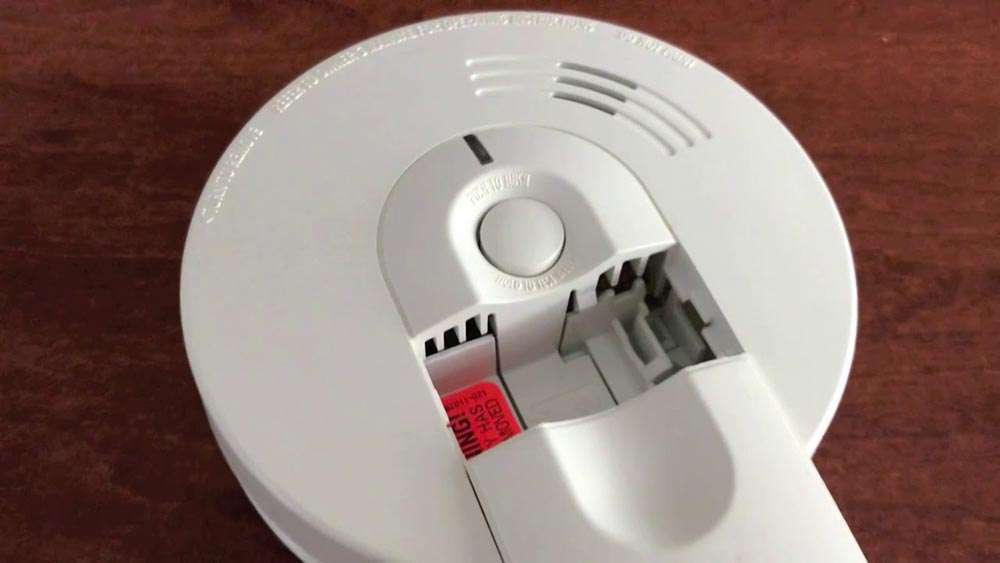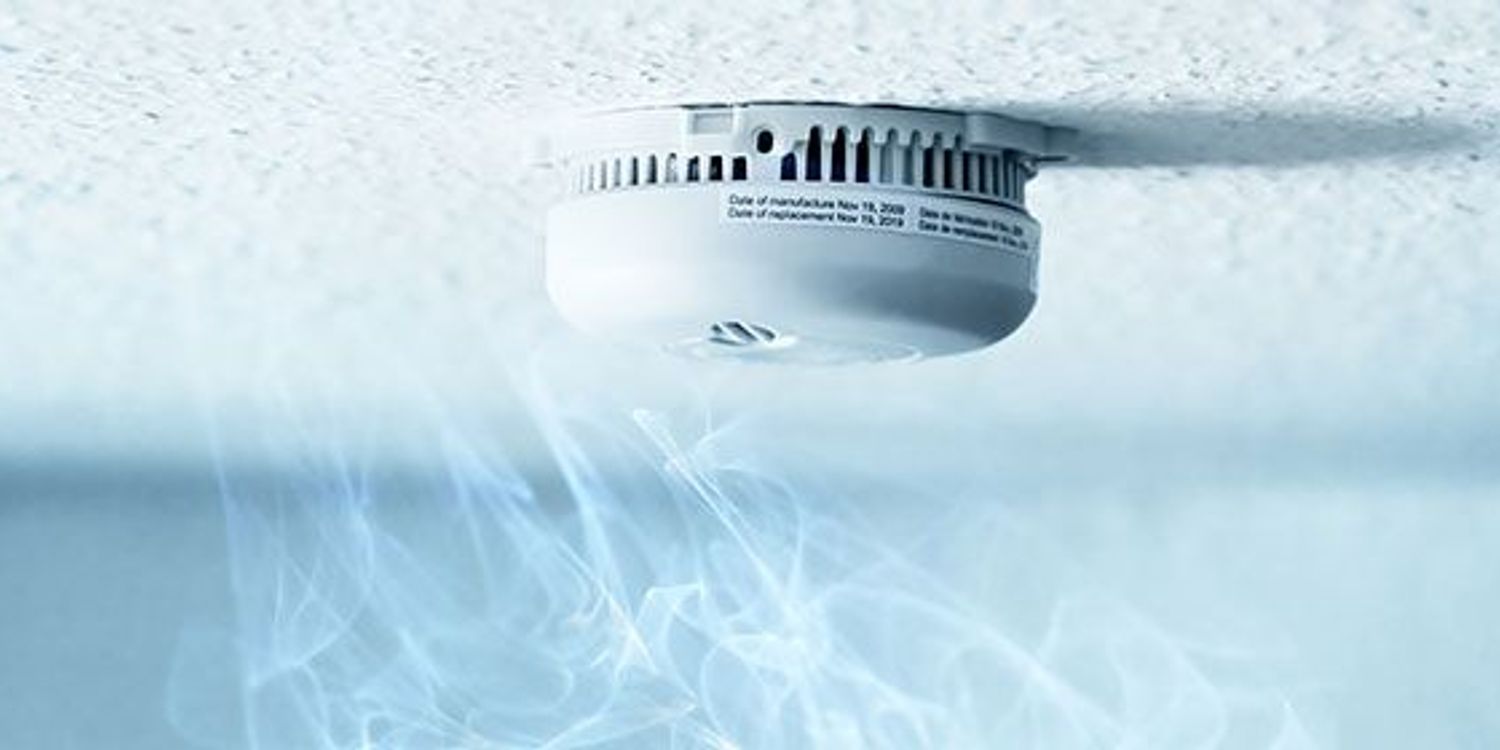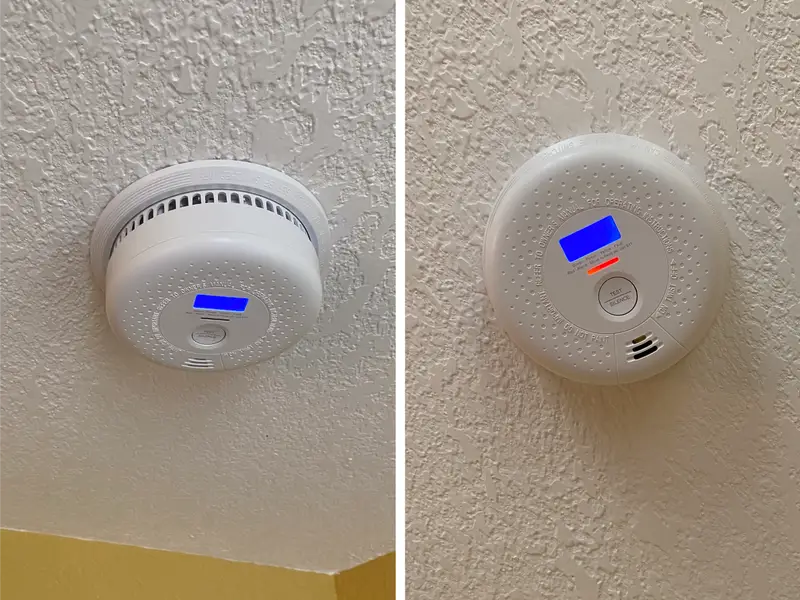 I. Introduction
I. Introduction
Smoke alarms are crucial components of home safety, as they help detect the presence of smoke and alert residents to potential fires. However, there may be situations where temporarily disabling a smoke alarm becomes necessary.
II. Considerations Before Disabling a Smoke Alarm
A. Ensure Safety Regulations and Legal Compliance
Before deciding to disable a smoke alarm, it is essential to check local safety regulations and legal requirements. Ensure that disabling the alarm is allowed within the framework of applicable laws to maintain both personal safety and legal compliance.
B. Evaluate the Situation and Need for Disabling
Making an informed decision about disabling a smoke alarm requires a thorough evaluation of the situation. Consider factors such as the duration of the disabling period, the potential risks involved, and alternative safety measures that can be implemented in the interim.
III. Steps to Safely Disable a Smoke Alarm
A. Identifying the Smoke Alarm System
It is crucial to familiarize yourself with the type of smoke alarm system installed in your home. There are generally two types of smoke alarms: battery-powered and hardwired. Understanding the specific system will help you determine the appropriate method for safely disabling it.
B. Disabling Battery-Powered Smoke Alarms
- Removing the Battery
The simplest and most standard method for disabling a battery-powered smoke alarm is to remove the battery. Ensure you follow these steps:
a. Locate the smoke alarm and identify the battery compartment. b. Carefully remove the battery, ensuring not to damage the connectors. c. Store the battery in a safe place, away from potential hazards.
- Temporarily Disconnecting the Smoke Alarm
If completely removing the battery is not possible or feasible, you may consider temporarily disconnecting the smoke alarm using these steps:
a. Locate the smoke alarm and identify its mounting mechanism. b. Gently twist and remove the smoke alarm from its mounting bracket. c. Carefully disconnect the connectors or wires, ensuring not to damage them. d. Store the smoke alarm in a safe and easily accessible location, allowing for easy reinstallation once needed.
C. Disabling Hardwired Smoke Alarms
- Disconnecting the Smoke Alarm from Power Source
Disabling a hardwired smoke alarm requires disconnection from its power source. Follow these guidelines:
a. Identify the main power source for the smoke alarm system, usually located in the circuit breaker or fuse box. b. Locate the relevant circuit or fuse controlling the power supply to the smoke alarm. c. Switch off or remove the circuit or fuse, ensuring all power to the smoke alarm is cut off. d. Use a voltage tester to verify that the power to the smoke alarm has indeed been disconnected.
- Utilizing the Alarm’s Silence or Temporary Disable Function
Some hardwired smoke alarms come with built-in functions that allow for a temporary disablement without disconnecting the power. Follow these steps if your smoke alarm has this feature:
a. Identify the specific buttons or switches associated with the silence or temporary disable function. b. Press or switch the designated control to activate the temporary disablement, usually for a predetermined period.
IV. Temporary Disabling versus Permanent Disabling
A. Temporary Disabling
- Common Situations and Temporary Disablements
There are several common situations where it may be necessary to temporarily disable a smoke alarm. These may include cooking smoke triggering false alarms, renovation or construction projects generating excessive dust or fumes, or smoke alarms being triggered by cigarette smoke.
To temporarily disable a smoke alarm, it is essential to follow the manufacturer’s instructions carefully. This usually involves pressing a designated button or removing the battery. However, it is crucial to remember that disabling a smoke alarm should only be done for a short period and with the intention of re-enabling it as soon as the temporary situation has passed.
- Importance of Restoring the Smoke Alarm Functionality
While temporary disablement may be necessary in certain situations, it is crucial to restore the functionality of smoke alarms as soon as possible. Smoke alarms are vital for early detection of fires, providing occupants with valuable time to evacuate safely.
Failing to restore the functionality of smoke alarms promptly can significantly increase the risk of severe property damage, injuries, or even fatalities in the event of a fire.
B. Permanent Disabling
- Only Under Extraordinary Circumstances
Permanent disabling of smoke alarms should only be considered in extraordinary circumstances. Examples of such situations include highly sensitive individuals with medical conditions that are triggered by the sound or light of smoke alarms, or instances where false alarms persist despite troubleshooting efforts.
It is essential to consult with professionals, such as fire safety experts or medical practitioners, before permanently disabling a smoke alarm. They can offer guidance on alternative safety measures that can be implemented to compensate for the lack of a functioning smoke alarm.
- Considerations and Precautions
Before permanently disabling a smoke alarm, it is crucial to evaluate the potential consequences carefully. The absence of a working smoke alarm may put lives and property at risk, mainly if alternative safety measures are not adequately implemented.
If permanent disablement is determined to be necessary, it is crucial to follow local regulations and guidelines. It may be required to install alternative fire detection systems or additional safety measures to compensate for the lack of a smoke alarm.
Ensuring Alternative Safety Measures
When permanently disabling a smoke alarm, it is imperative to implement alternative safety measures effectively. These measures may include installing heat detectors or automatic fire sprinklers, increasing fire extinguisher accessibility, or regularly conducting fire safety drills and education.
V. Re-enabling and Replacing Smoke Alarms
A. Safely Re-enabling a Temporarily Disabled Smoke Alarm
Once the temporary situation that required the disablement of a smoke alarm has been resolved, it is crucial to re-enable the alarm promptly. This can typically be done by following the manufacturer’s instructions for re-activation, such as inserting a new battery or restoring power.It is essential to thoroughly test the smoke alarm after re-enabling it to ensure it is functioning correctly.
B. Replacing Disabled Smoke Alarms
In some cases, smoke alarms may become permanently disabled or malfunction beyond repair. This can occur due to age, damage, or technological obsolescence. When this happens, it is vital to replace the disabled smoke alarm with a new one.
Replacing a smoke alarm involves following proper installation procedures, such as positioning it correctly, securely mounting it, and connecting any necessary power sources. It is crucial to select a smoke alarm that complies with local regulations and meets industry standards to ensure optimal fire safety.
Importance of Maintaining Home Safety
Regular maintenance and testing of smoke alarms are crucial to ensure they are functioning correctly and providing adequate protection. This includes regularly replacing batteries, cleaning the alarms from dust and debris, and conducting routine tests.
Additionally, homeowners should familiarize themselves and their family members with fire safety protocols, create and practice evacuation plans, and have access to essential fire safety equipment such as fire extinguishers and escape ladders.
In conclusion, temporarily disabling smoke alarms may be necessary in certain situations, but it is vital to restore their functionality promptly. Safely re-enabling temporarily disabled alarms and replacing disabled ones are essential steps in maintaining home safety. Regular maintenance, proper installation, and testing of smoke alarms are crucial for optimal fire safety.






